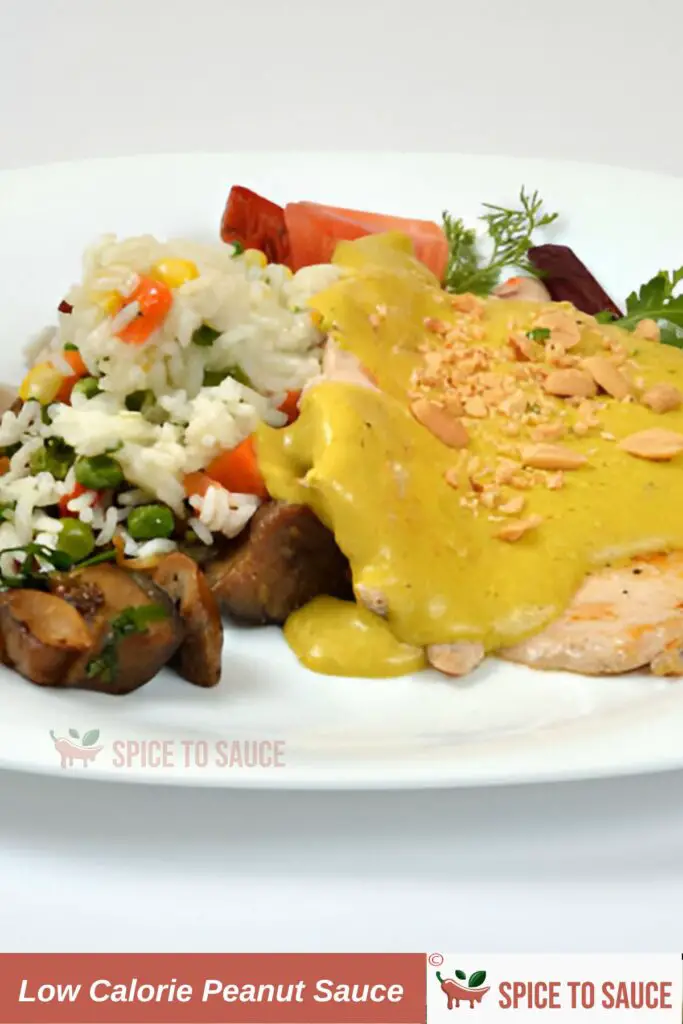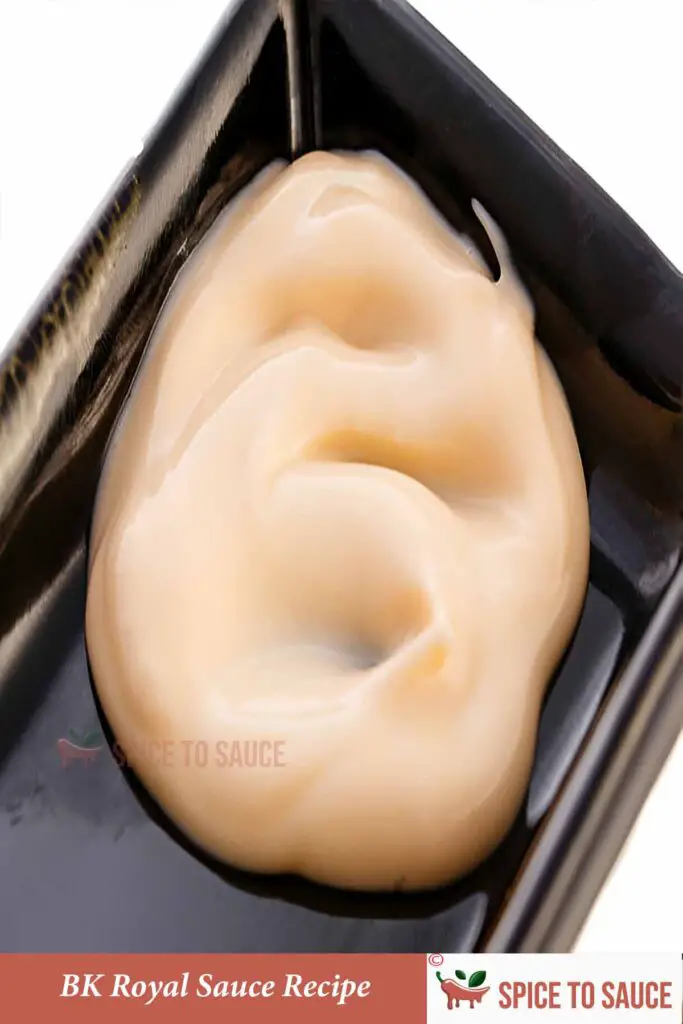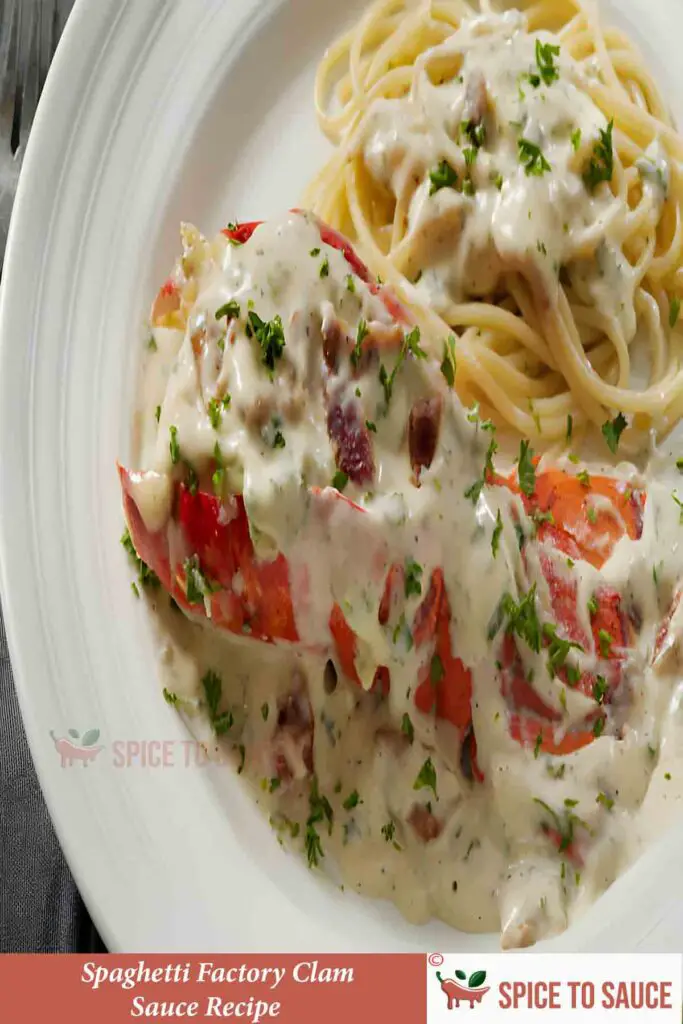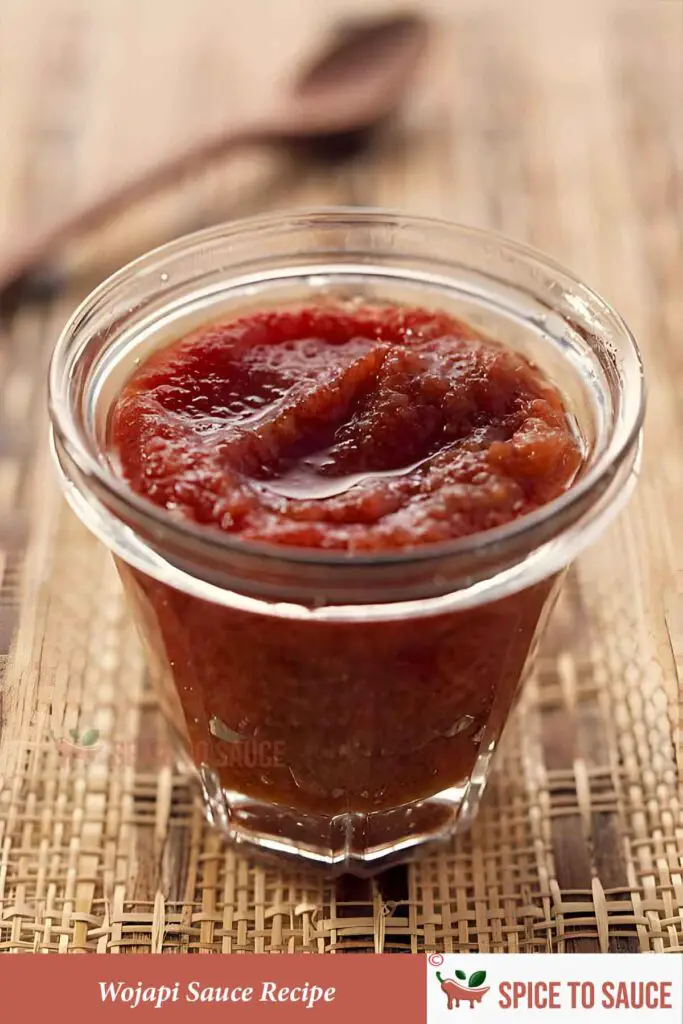There is something about peanut sauce that makes every bite amazing. But how about calories?
Do not worry; I have already found a solution for you. It’s effortless to prepare low-calorie peanut sauce and takes no time. Also, this recipe keeps the flavor intact while excluding the excess ingredients.
In this article, I will let you know how to make this healthy peanut sauce without any cooking and with a totally diet-friendly quick recipe.

What Is Low-Calorie Peanut Sauce?
Usually, peanut sauces are made of full-fat peanut butter, sugar, and coconut milk. It tastes amazing, but it also racks up the calories fast. A healthy peanut sauce swaps out those high-calorie ingredients. Even so, it delivers the same creamy texture with a sweet and salty taste.
I use powdered peanut butter, a little natural sweetener, and low-sodium soy sauce to keep the flavor deep but the calorie count low. It’s also super versatile; you can thin it out for dressings or keep it thick for dipping. So, let’s talk about details.
Ingredients You’ll Need
Here’s everything you need to make this low-calorie peanut sauce at home.
- Powdered Peanut Butter
This product is the hero ingredient. Powdered peanut butter has about 85% less fat than regular peanut butter and way fewer calories. It still brings that roasted, nutty flavor, but with a fraction of the weight. Brands like PB2 or PBfit work excellently. Use ¼ cup of this.
Tip: Try to use the unsweetened version for full control over flavor.
- Warm Water
Use warm water to rehydrate the powdered peanut butter and modify the sauce’s thickness. ¼ to ⅓ cup of warm water helps the ingredients dissolve faster for a smooth finish.
Tip: Start with less and add more gradually to reach your desired consistency.
- Low Sodium Soy Sauce
2 tablespoons of low-sodium soy sauce give salty, umami-rich depth that counterbalances the sweetness. Low sodium helps keep this sauce heart-healthy.
Tip: You can use tamari or coconut aminos for a gluten-free or soy-free version.
- Rice Vinegar
1 tablespoon of this adds brightness and tang to balance the richness of the dish. It’s mild and perfect for sauces like this.
Tip: Use apple cider vinegar; it is a decent substitute if you don’t have rice vinegar.
- Lime Juice
1 tablespoon of lime juice adds freshness to the dish. It is essential for that Thai-inspired flavor.
Tip: Fresh lime juice is preferable, but you can also use bottled lime juice.
- Garlic
It gives the sauce a savory bite and real depth. Use 1 small clove, grated or minced.
- Ground Ginger
¼ teaspoon of ground ginger adds warmth and that signature satay-style kick.
Tip: Freshly grated ginger works too; use ½ teaspoon.
- Maple Syrup or Monk Fruit Sweetener
1 to 2 teaspoons is just enough to balance the vinegar and lime. Monk fruit keeps it sugar-free; maple adds natural sweetness.
- Sriracha or Chili Garlic Sauce
If you enjoy heat, you can add a spicy edge with Sriracha or Chili Garlic Sauce. ½ to 1 teaspoon is enough, and it’s optional.
How to Make Low Calorie Peanut Sauce (5 Easy Steps)
This whole thing takes less than 10 minutes. All you need is a bowl, a whisk, and some pantry basics.
Step 1
First, mix the peanut butter powder, ginger, garlic, and sugar (if using) in a medium bowl. Mix them thoroughly by whisking until there are no lumps.
Step 2
After that, add the rest of the wet ingredients. Pour in the warm water, whisk slowly, adding water bit by bit until the sauce reaches your preferred thickness. It should be pourable but not watery.
Step 3
Taste the sauce. If you want to increase the tanginess, add a splash more lime juice or vinegar. If it’s too sharp, stir in a little extra maple syrup or a dash more water. Want heat? Now’s the time to mix in your sriracha or chili garlic sauce.
Step 4
Now let it rest. Cover and refrigerate for 10–15 minutes. The refrigeration helps the flavors meld together and makes the sauce thicker as it chills.
Bonus: It tastes even better the next day.
Step 5
Transfer the sauce to a jar or an airtight container. It will last up to 7 days in the fridge.
Ways to Use Your Healthy Peanut Sauce
This sauce is not limited to Thai noodles, although it is exceptionally good on them. Here are some ways I’ve used it:
Dipping Sauce
Use it with spring rolls, grilled tofu skewers, raw veggie sticks, or chicken satay. The creamy, tangy flavor enhances every dish.
Noodle Bowls
Toss it with soba, rice noodles, or zoodles for a light, creamy noodle dish. Add shredded carrots, cucumbers, and a handful of peanuts for crunch.
Salad Dressing
Thin it out with a bit more vinegar or water and use it as a bold, protein-packed salad dressing. It’s especially good on slaw or chopped Asian salads.
Stir Fry Finisher
Add a couple of spoonfuls to your stir-fry at the end of cooking for a creamy glaze that clings to veggies and proteins.
Sandwich or Wrap Spread
Spread a spoonful inside a wrap with grilled chicken, cucumber, and greens for a Thai-inspired lunch.
Pro Tips
- Use warm water; cold water does not mix well with powdered peanut butter.
- Start small with vinegar and lime. You can always add more, but too much acid is hard to fix.
- Store it in a glass jar. It keeps flavors fresh and avoids staining plastic containers.
- Double the batch; this sauce keeps well, and you’ll want extra for later in the week.

Low Calorie Peanut Sauce
Ingredients
- 1/4 Cup Powdered Peanut Butter
- ¼ -⅓ Cup Warm Water
- 2 Tbsp Low Sodium Soy Sauce
- 1 Tbsp Rice Vinegar
- 1 Tbsp Lime Juice
- 1 Clove Garlic Grated
- 1/4 Tsp Ground Ginger
- 1-2 Tsp Maple Syrup or Monk Fruit
- ½-1 Tsp Sriracha or Chili Garlic Sauce Optional
Instructions
- Combine the dried ingredients into a bowl.
- Then add warm water little by little and the wet ingredients too.
- Whisk it properly.
- Adjust the flavor.
- Rest it in refrigerator.
- Serve or store.
Nutrition
Final Thoughts
You get all the creamy comfort of a classic Thai peanut dip, but it’s made with smart ingredients that don’t weigh you down. It’s simple to whip up, endlessly versatile, and seriously delicious. Whether you’re meal prepping or just trying to eat a little cleaner.
Once you taste how delicious this healthy peanut sauce can be, you might not go back to the store-bought stuff again.
FAQ’s
What Makes Peanut Sauce Low Calorie?
Powdered peanut butter instead of full-fat peanut butter makes the peanut sauce low-calorie. And also avoiding added sugar and heavy coconut milk.
Can I Use Powdered Peanut Butter in Sauces?
Yes! Powdered peanut butter is perfect for sauces; it mixes smoothly with water and absorbs flavor easily.
Is Low-calorie Peanut Sauce Good for Meal Prep?
Absolutely. It keeps well for up to 7 days in the fridge and can be used across multiple meals, from salads to stir-fries to wraps.




